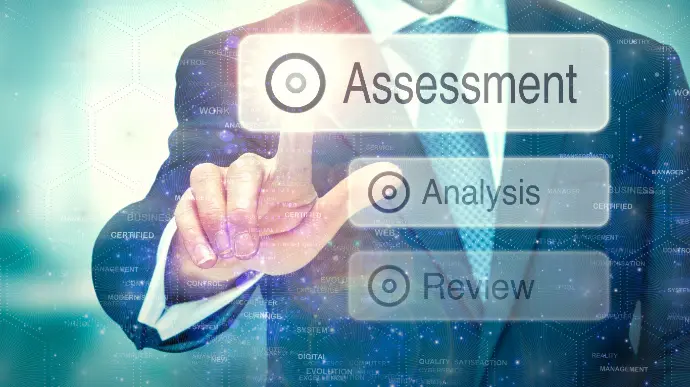What is a Compromise Assessment ?
A Compromise Assessment is a evaluation aimed at identifying whether an organization's technological infrastructure has been compromised. The primary objective of a Compromise Assessment is to detect any malicious activity, determine its scope, and assess its impact on the organization's systems. This assessment applies to private and public organizations alike, providing critical insights into potential security breaches and their implications.
Why you need a Compromise Assessment ?
- Evidence of Attack: A Compromise Assessment provides clear evidence of whether a successful attack has occurred or is currently taking place within the organization.
- Scope Identification: It identifies the extent of the compromise, including the permissions and access levels the malicious actor has obtained, which could be used to inflict further damage.
- Isolation and Containment: Helps Incident Responders to determine which systems or assets need isolation to prevent the spread of the attack, facilitating effective containment efforts.
- Detailed Incident Information: Provides critical information about the security incident, allowing professionals to orchestrate appropriate responses and successfully expel the malicious actor.
- Prevention and Mitigation: Offers relevant data to identify exploited weaknesses, detection deficiencies, and recommends measures to prevent future incidents, thereby improving overall security posture.
When should you opt for Compromise Assessment Service?
- Suspicion of Breach: When there is a suspicion of a security breach or unusual activity that could indicate a compromise.
- Post-Incident Review: After a detected security incident to understand its full impact and to ensure there are no lingering threats.
- Regular Security Check: As a routine part of security maintenance to proactively identify and mitigate potential risks before they cause harm.
- Compliance Requirements: To meet regulatory requirements that necessitate regular security assessments and incident readiness checks.
- System Upgrade: Before and after significant system upgrades or changes to ensure no new vulnerabilities have been introduced and existing ones have been addressed.
What We Offer?
Comprehensive Analysis: We perform a detailed examination of your environment to uncover any evidence of ongoing or past compromises, ensuring a thorough understanding of potential threats.
Risk and Exposure Identification: We provide a clear view into your organization's systemic risks and exposures, helping you understand and address critical vulnerabilities.
Security Hygiene Review: We identify issues related to your security program's hygiene, offering insights into areas that require immediate attention to bolster your defenses.
Best Practice Recommendations: Based on our findings, we deliver best practice recommendations to enhance your organization's ability to respond effectively to future incidents, thereby strengthening your overall cybersecurity posture.
